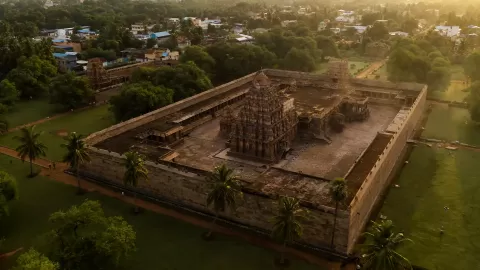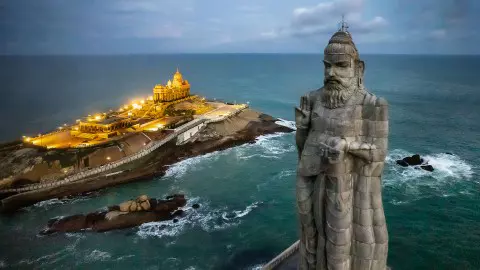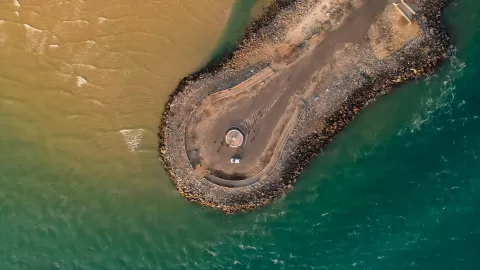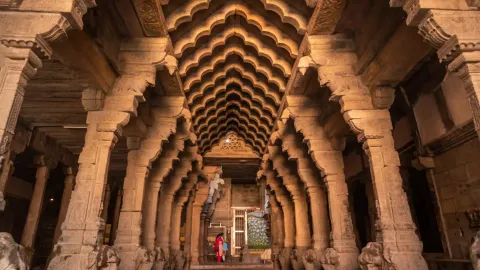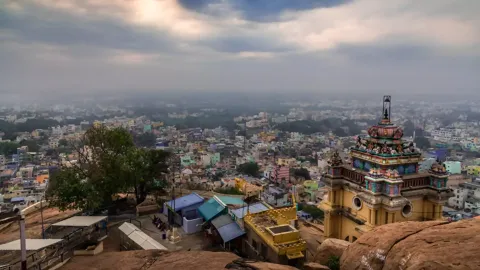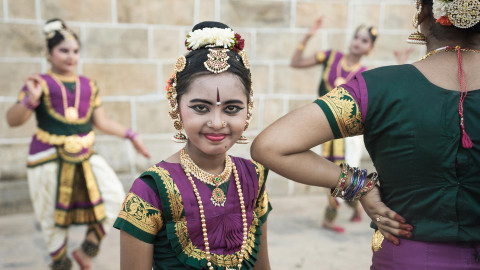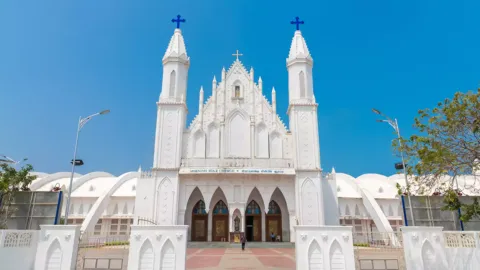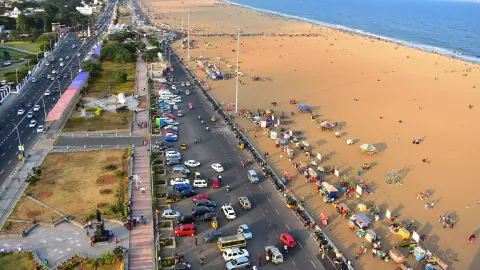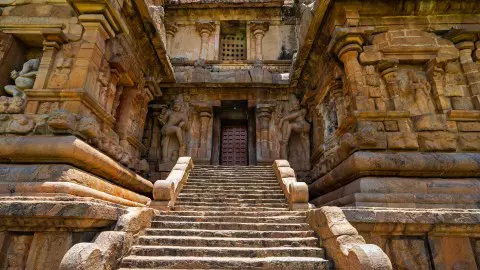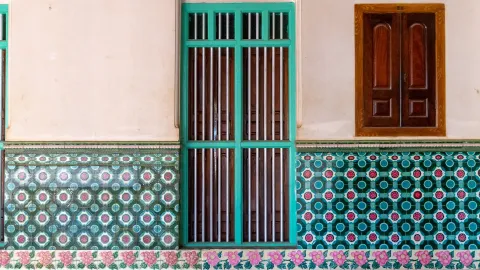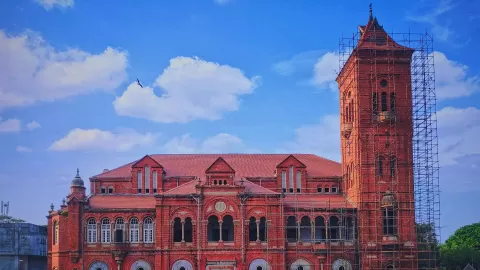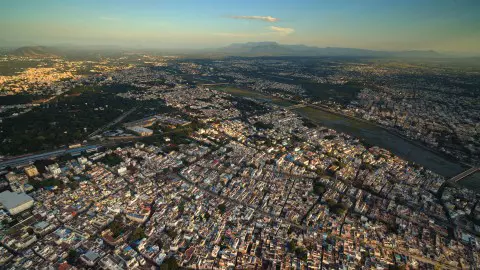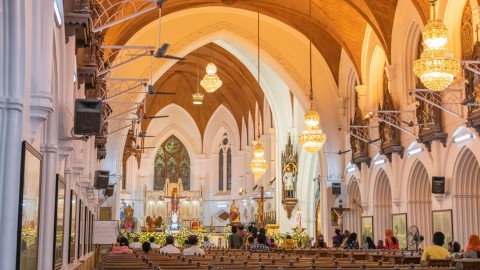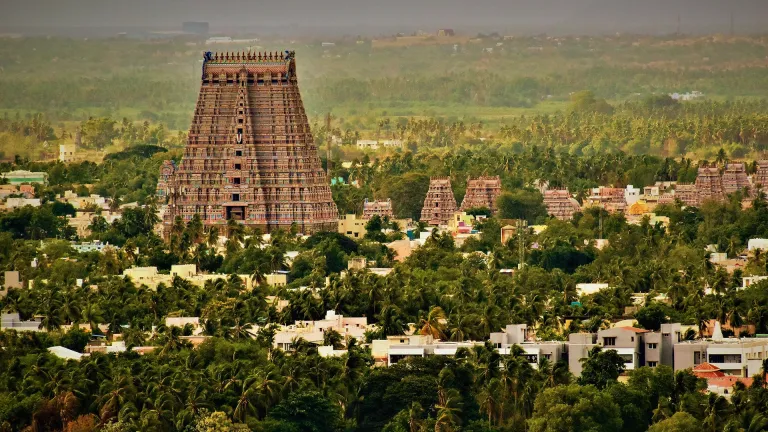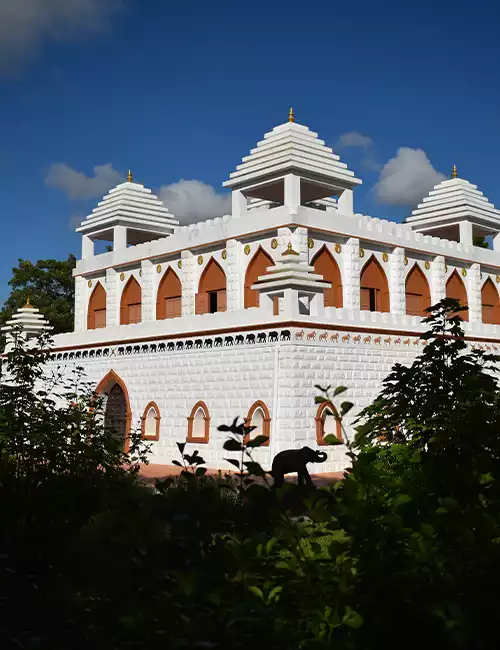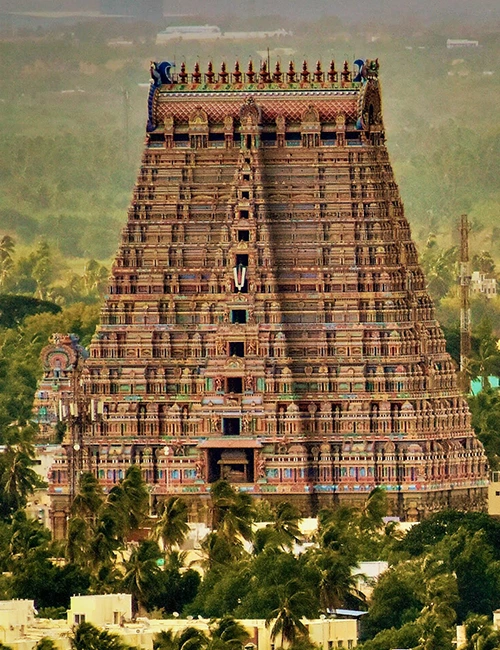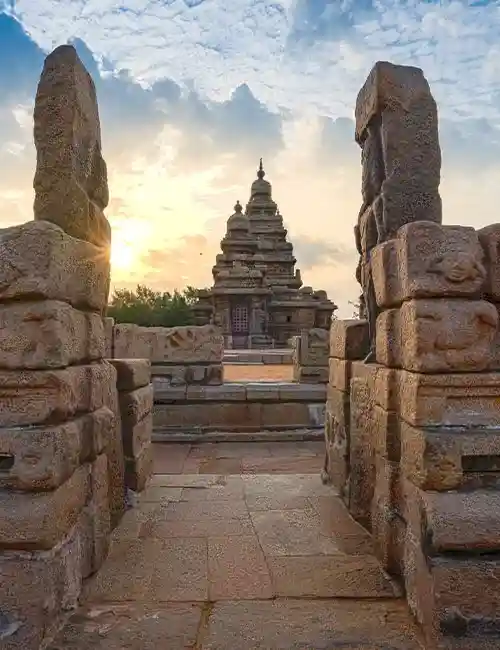
Much before the British established their stronghold over India, the Portuguese had established trade relations with the country. Heritage buildings in various parts of India reflect traces of Portuguese architectural traditions. While Goa might come first to mind, Tamil Nadu also has quite a few imprints of Portuguese culture. Part 20 of an Outlook special on lesser-known places of interest in the state.
For history and heritage aficionados, tracing imprints left by travellers, missionaries and colonisers through the ages is fascinating. India has been visited by travellers and traders from all over the world and traces of these bygone visitors remain in several parts. Tamil Nadu is one such state that still bears witness to its close links with Portugal and Portuguese culture.
Architecturally speaking, columns, verandahs, and slanting red roof tiles are distinct influences of Portuguese architecture. So are mouldings, decorative embellishments and intricately designed railings. These are still seen in various parts of Tamil Nadu despite later settlement by the Dutch and the British.
Church wise
One of the first such edifices built by the Portuguese is the Velankanni Church in Nagapattinam. A majestic building, legend says it was built by a group of Portuguese merchants who believed that Our Lady of Good Health had saved their ship from the wreckage. The white building, with its eye-catching red-coloured tile roof, is a wonderful example of the simplicity of Portuguese architecture.
In Pazhaverkadu or Pulicat, Portuguese merchants, the first to arrive in the area, were responsible for building the chapel of Our Lady of Glory around the year 1515. While Dutch and English traders later rebuilt this, the altar still remains the original Portuguese one.
The Portuguese and Dutch settled in Thoothukudi or Tuticorin much before the British. From surnames to architecture, Thoothukudi reflects deep Portuguese influence. The most famous of these is the famed Panimaya Matha Church, built on a cliff by the Portuguese near the port.
Legend says that St. Francis Xavier stayed in Thoothukudi for some years starting from 1542 and introduced the people of Thoothukudi to Marion worship after seeing their belief in female deities. In 1582, the church of Our Lady of Snow was formally established and even today people of all faiths come from far and wide to pay obeisance here. The idol has a rich history – travelling from the chapel of the Augustinian Sisters in Manila to Thoothukudi after the death of St. Francis Xavier, in respect to his wishes. The church is a fine example of Portuguese architecture – with buttresses, vaults and pointed arches.
Streets of fame
Manapad, a small fishing town about 50 kilometres from Tuticorin is another area redolent with Portuguese influence. St. Francis is said to have lived in a cave, originally believed to be occupied by a Shaivite hermit. This rock-cut cave is one of the most magnificent examples of rock architecture on the pearl fishing coast. The picturesque surroundings add to its appeal.
Manapad is unique as it shows the greatest concentration of Portuguese architectural influence, apart from Goa. From street planning to house design and furniture, the confluence of Indian, Portuguese and Ceylonese styles is clear. The houses have a lot of open and semi-open spaces that face the street or the sea. Balconies, a feature of the facades of traditional Portuguese houses, are common.
In Chennai, the capital city, the Portuguese imprint is visible in several stately buildings and areas such as the Shrine of Saint Thomas, the Madre de Deus, Nossa Senhora da Luz in Mylapore, Rita Church, Our Lady of Guidance Church aka Lazarus Church, and Our Lady of Assumption George Town. All of these have fascinating histories and will be detailed in later stories so that you can plan to follow in the footsteps of the Portuguese settlers and saints through Tamil Nadu, with a grand finale at Chennai.



